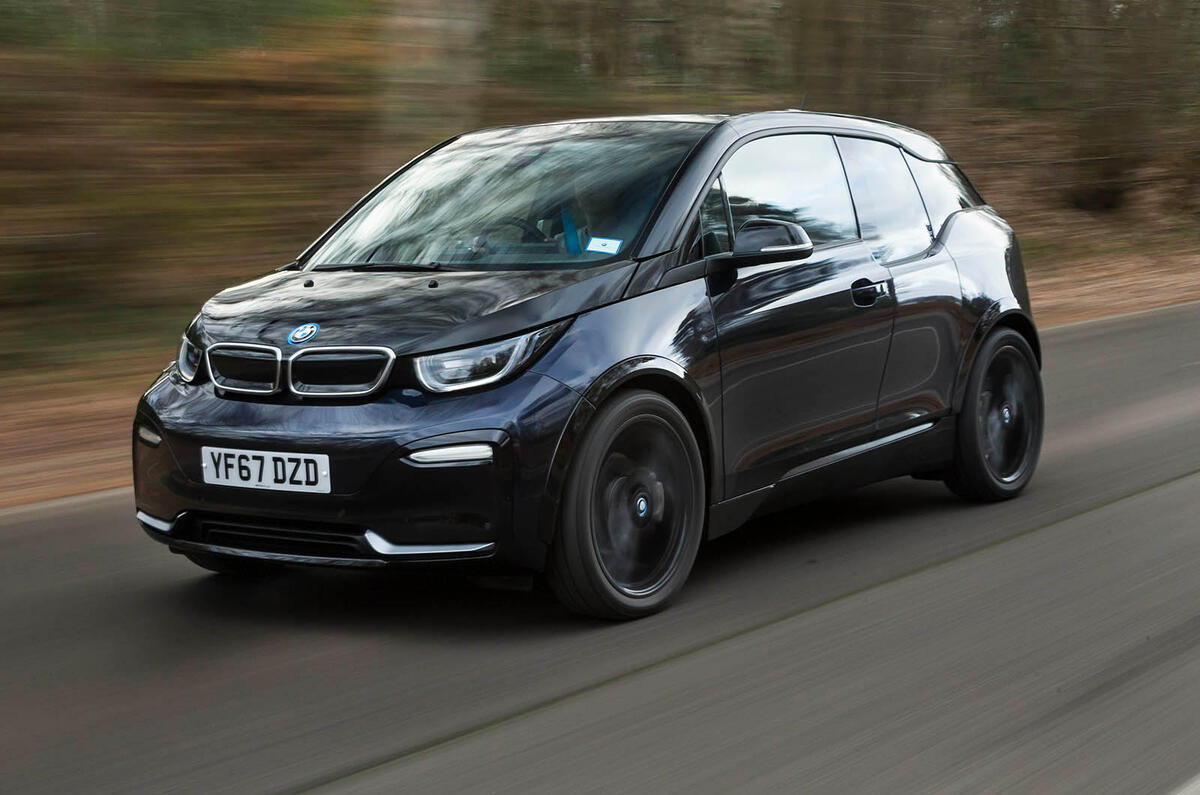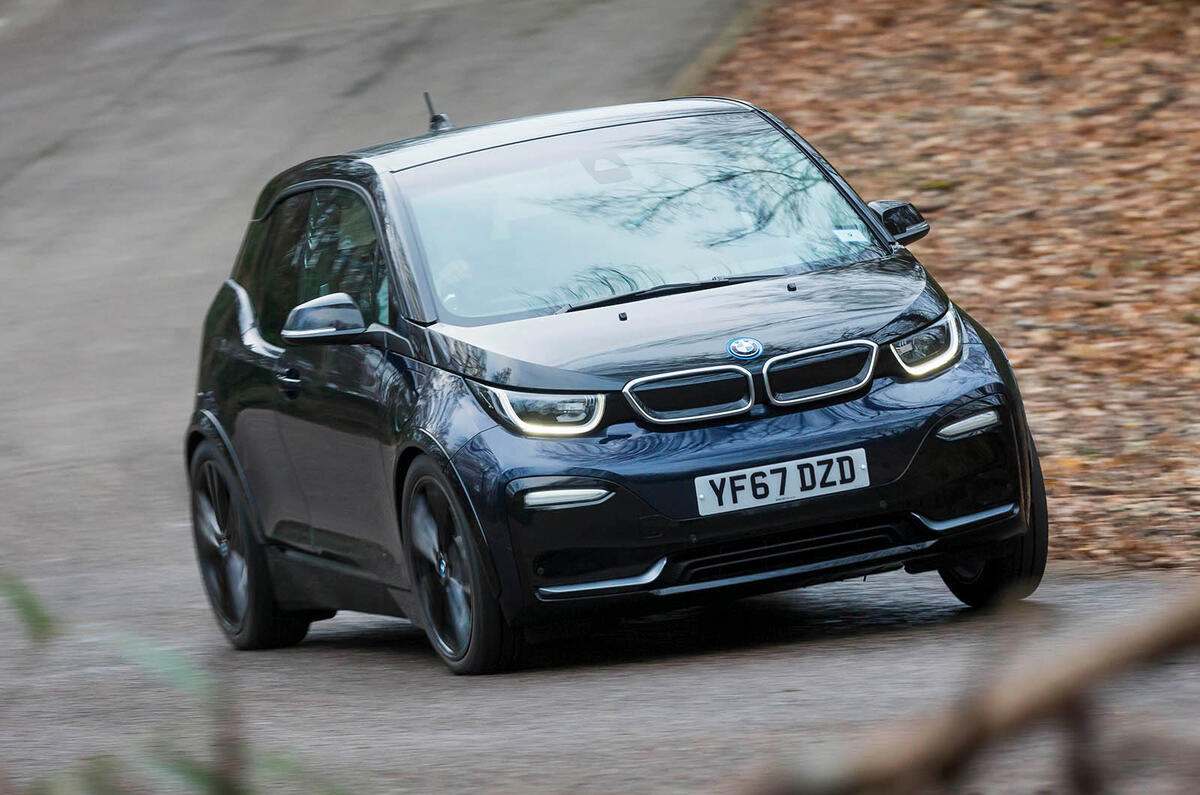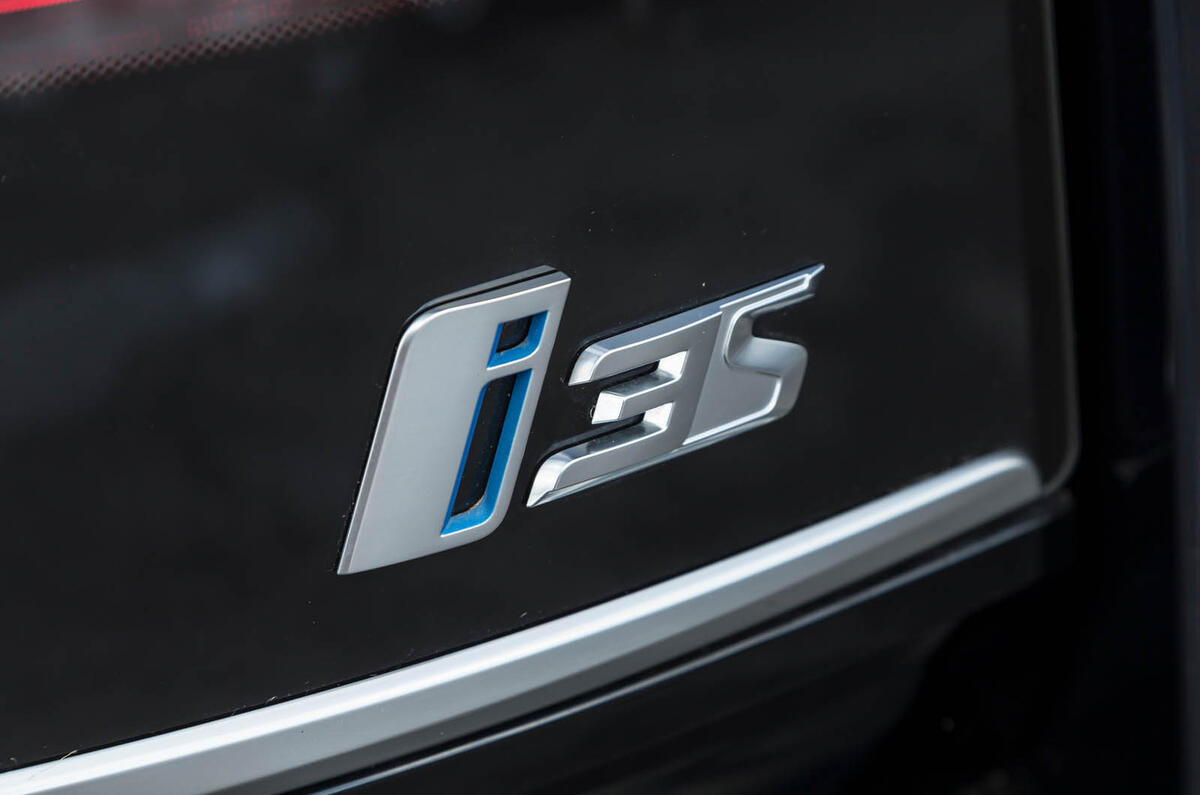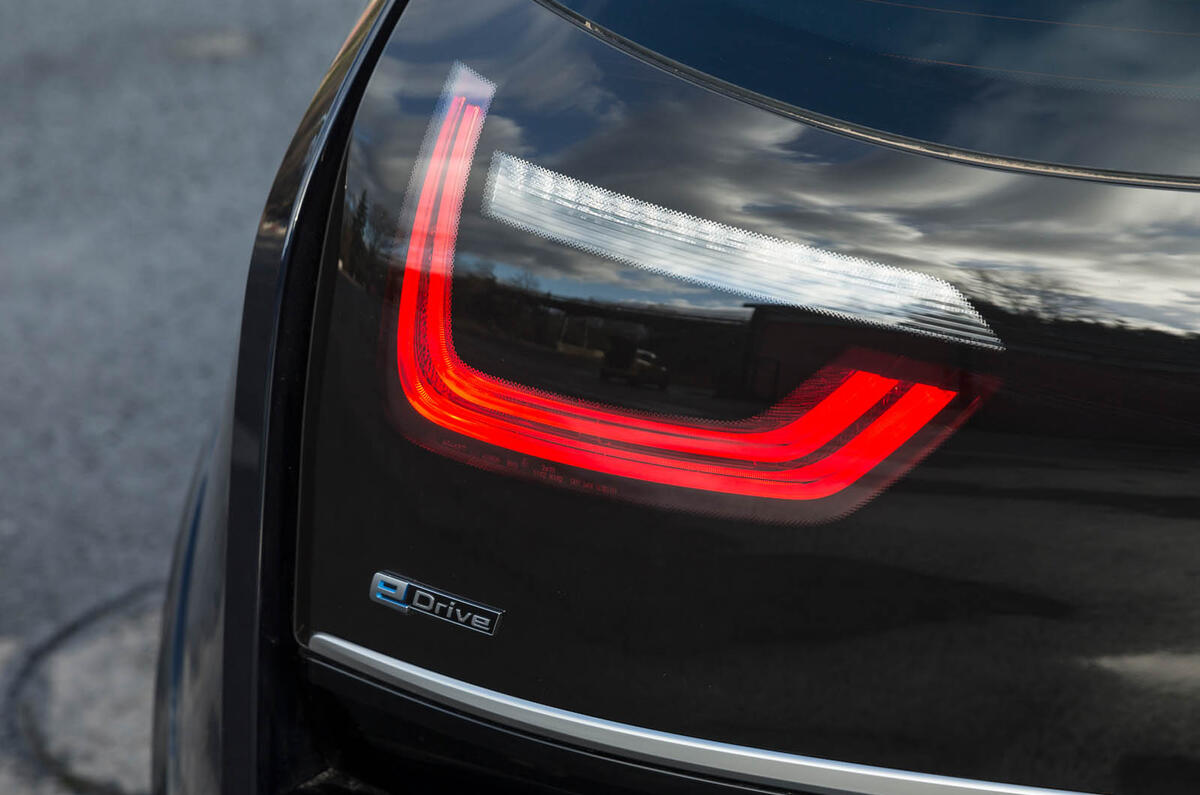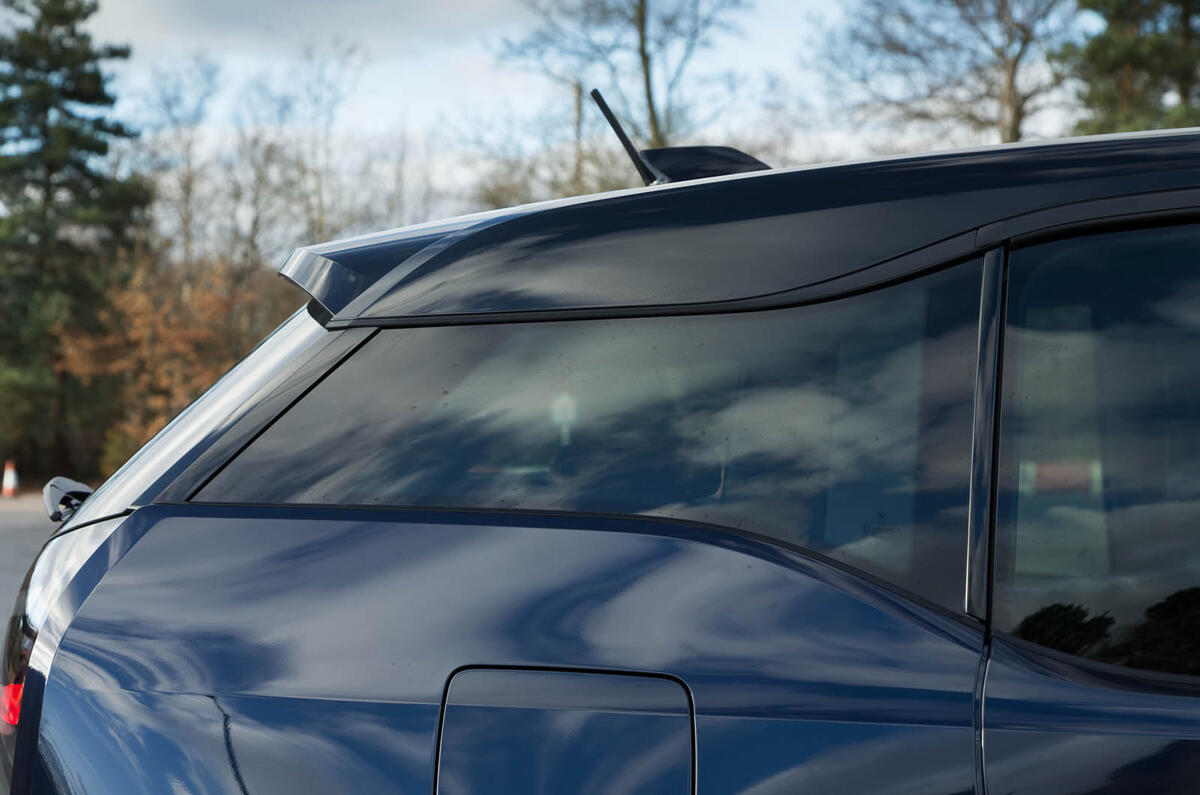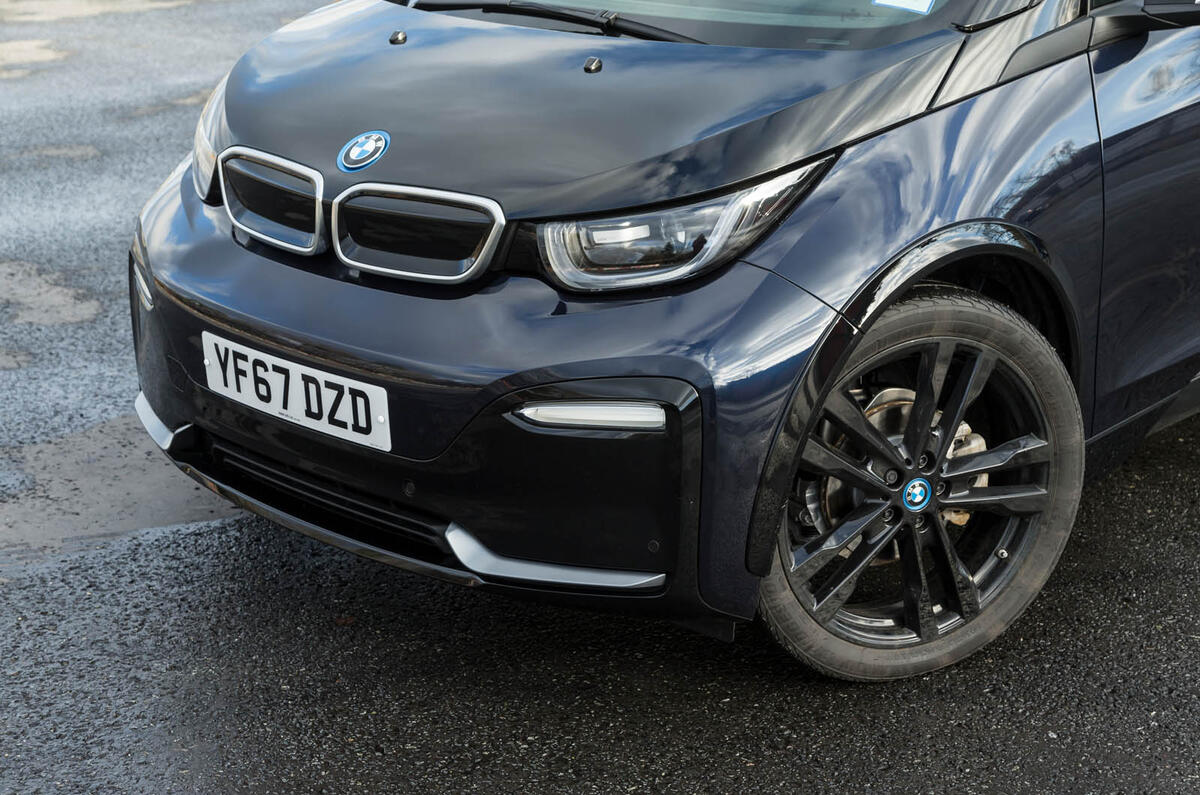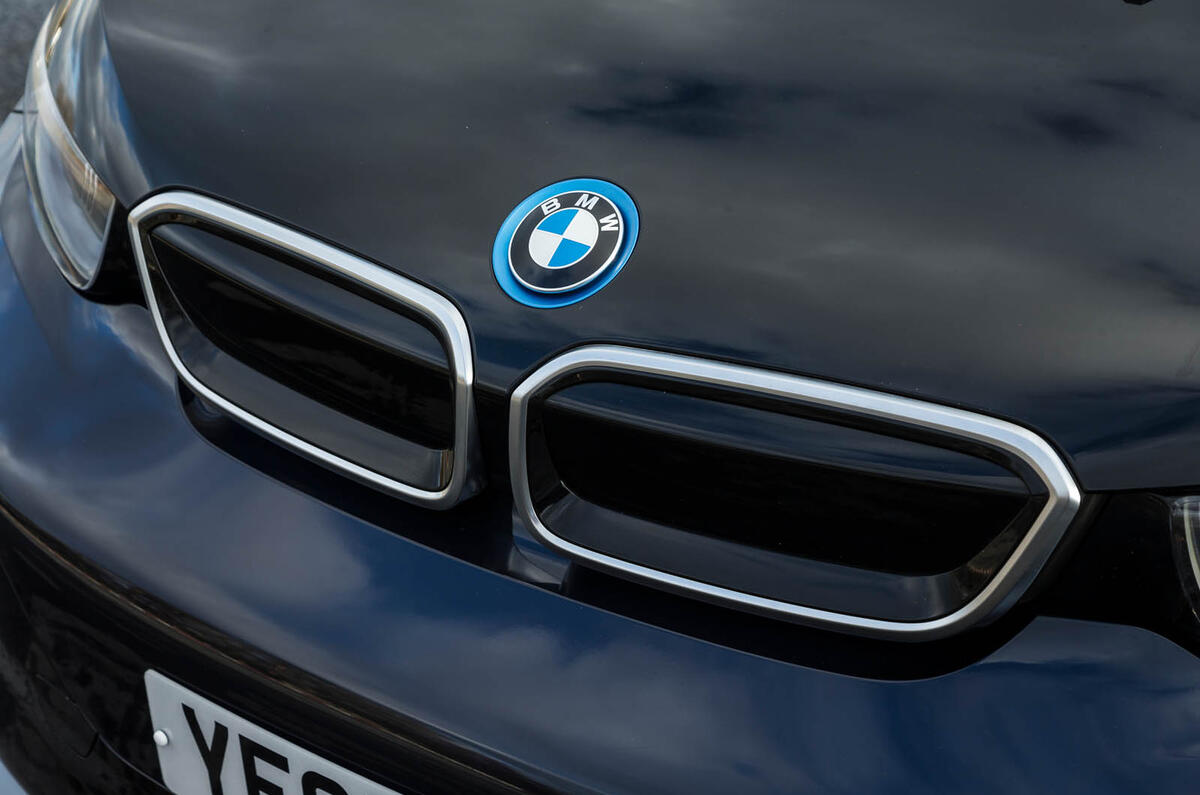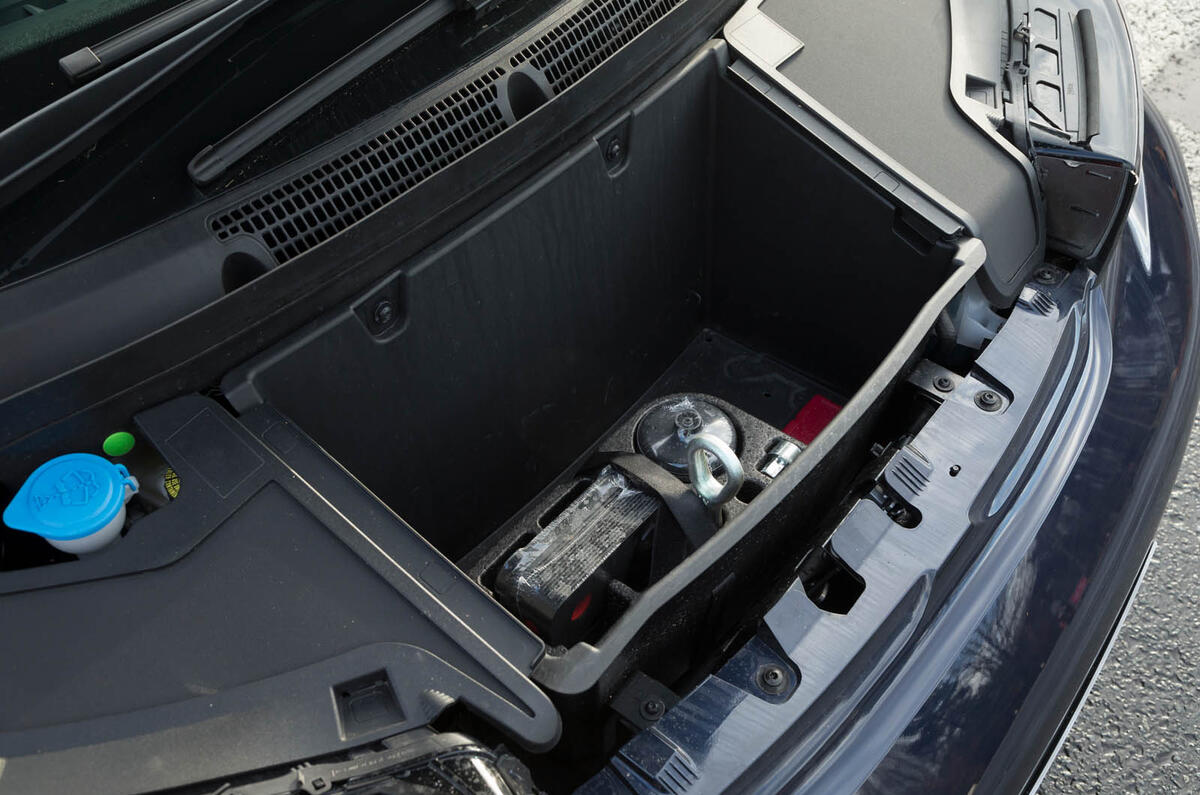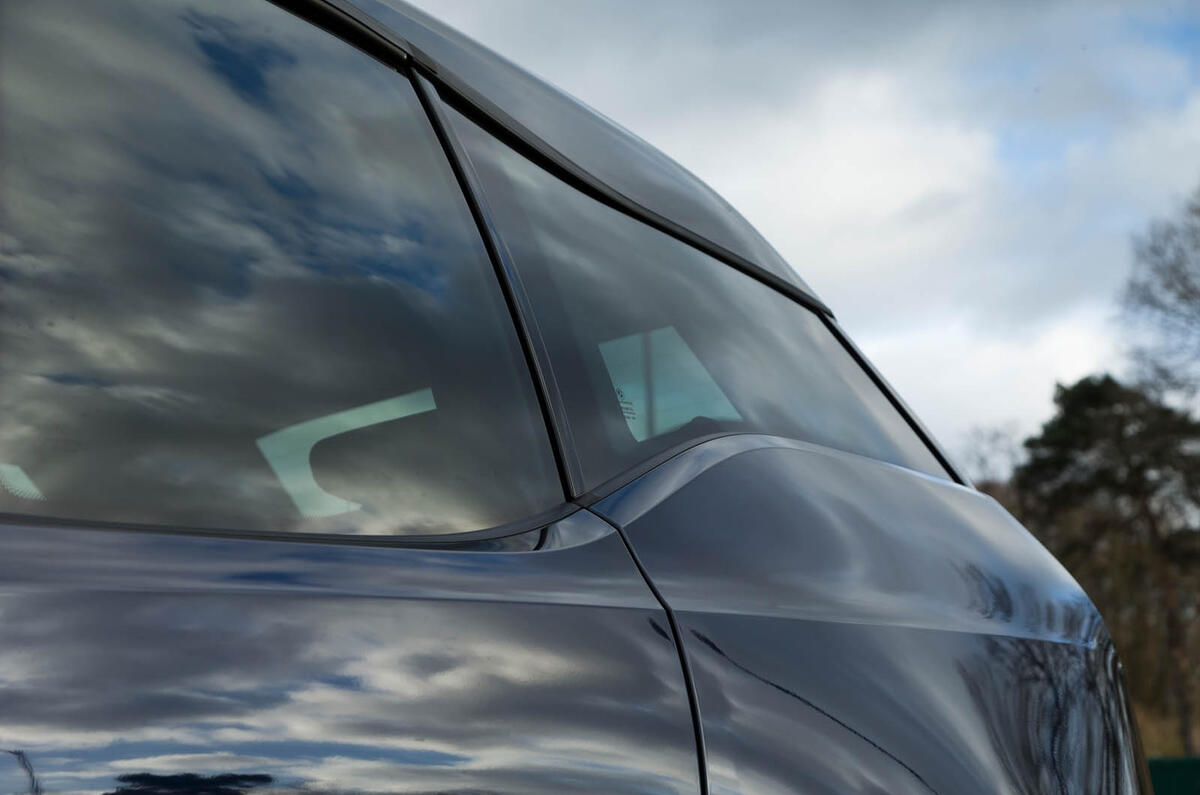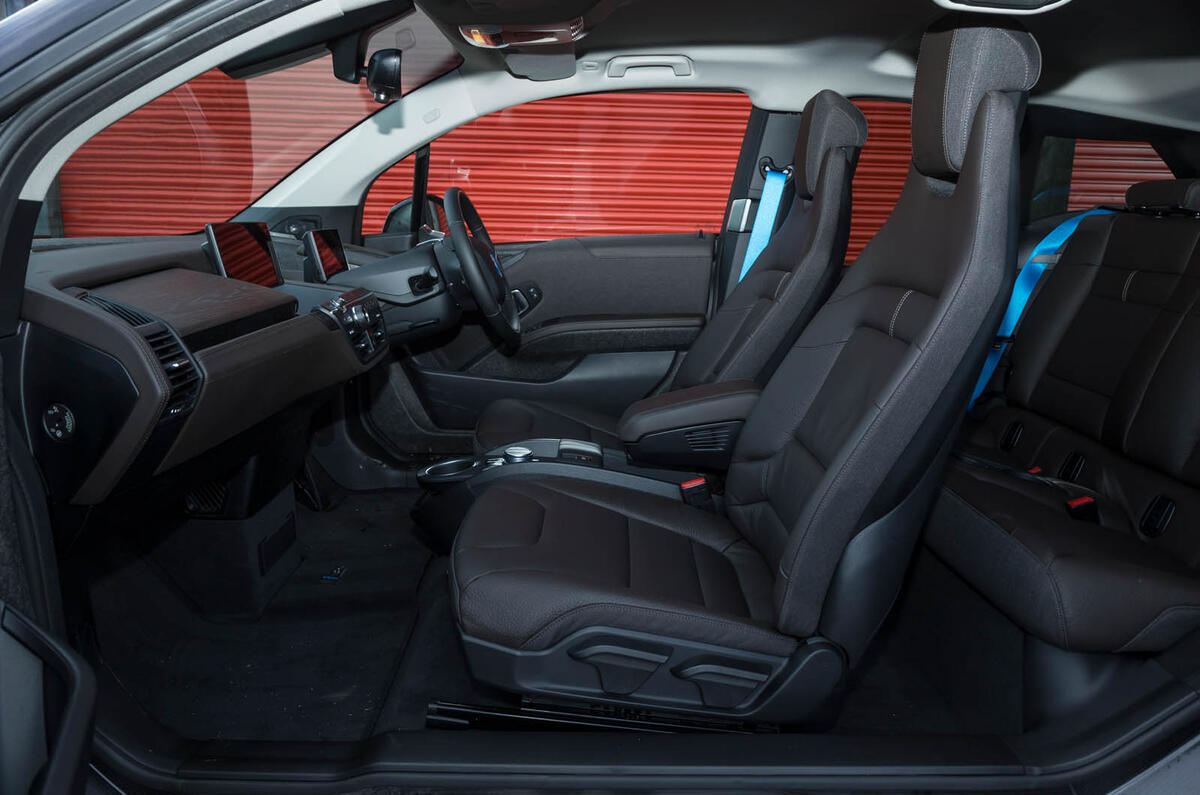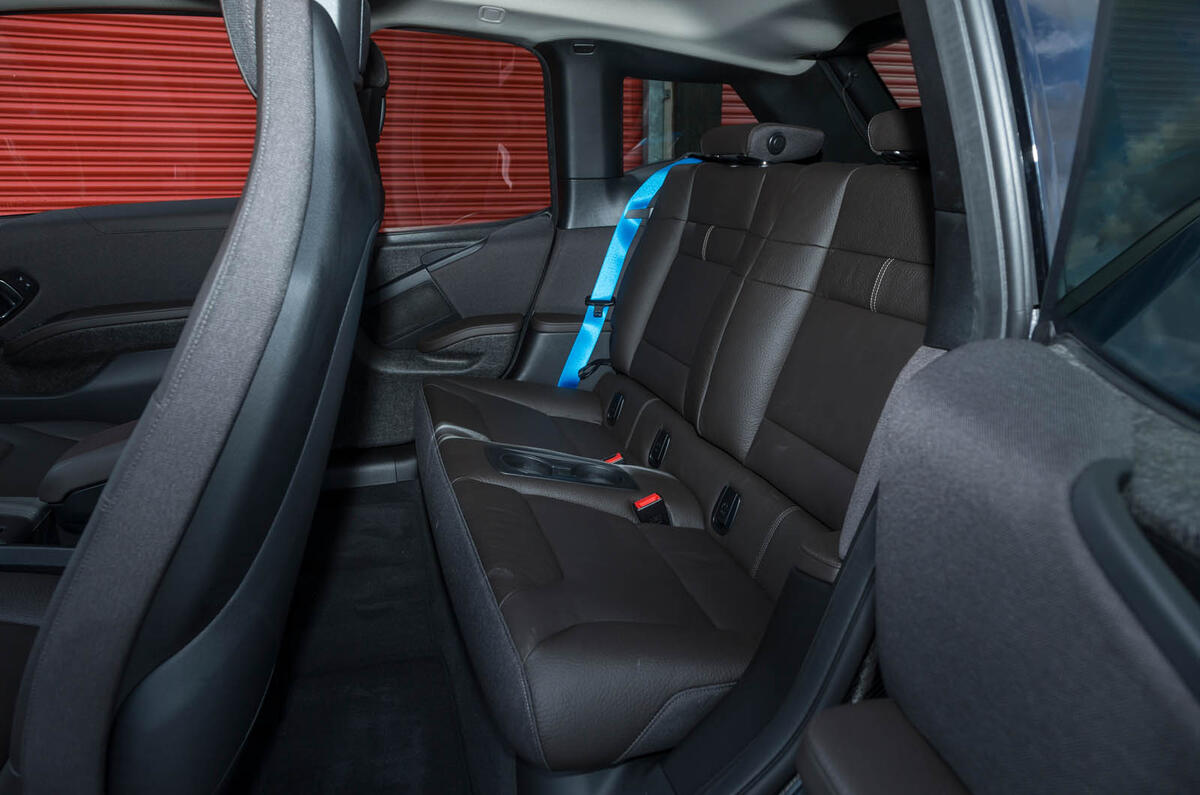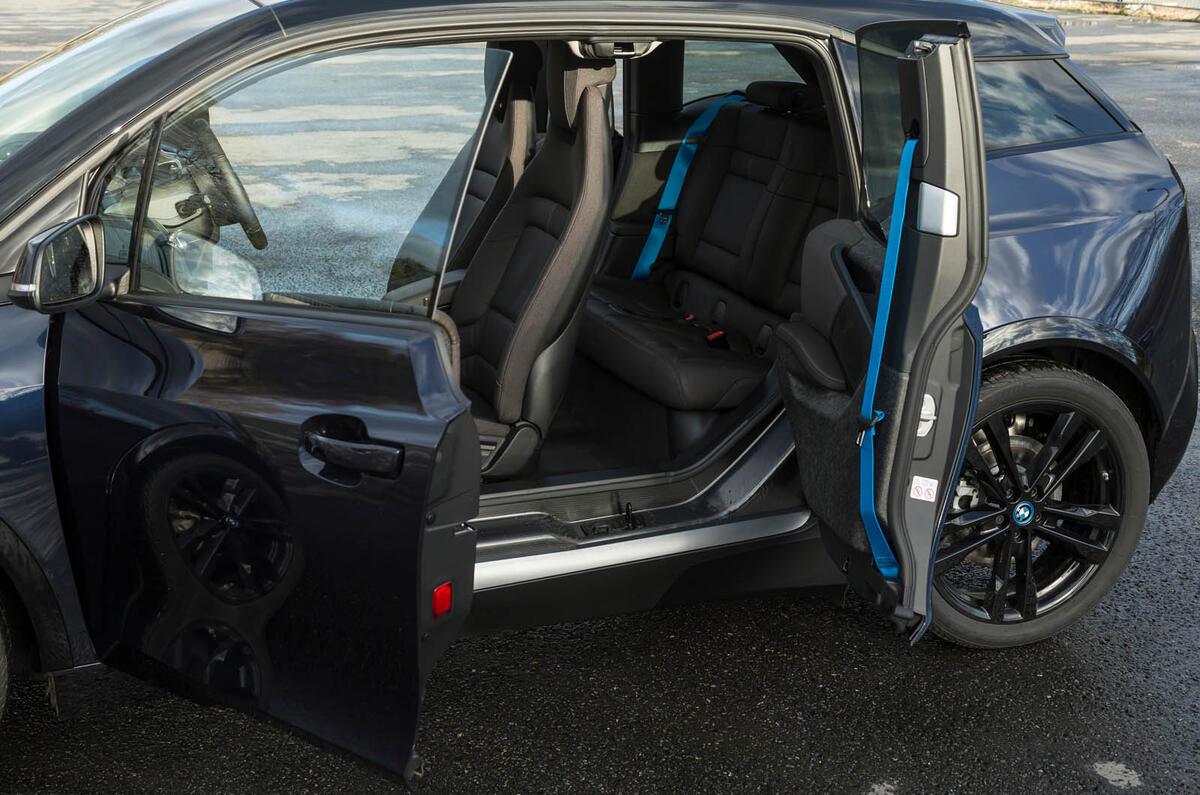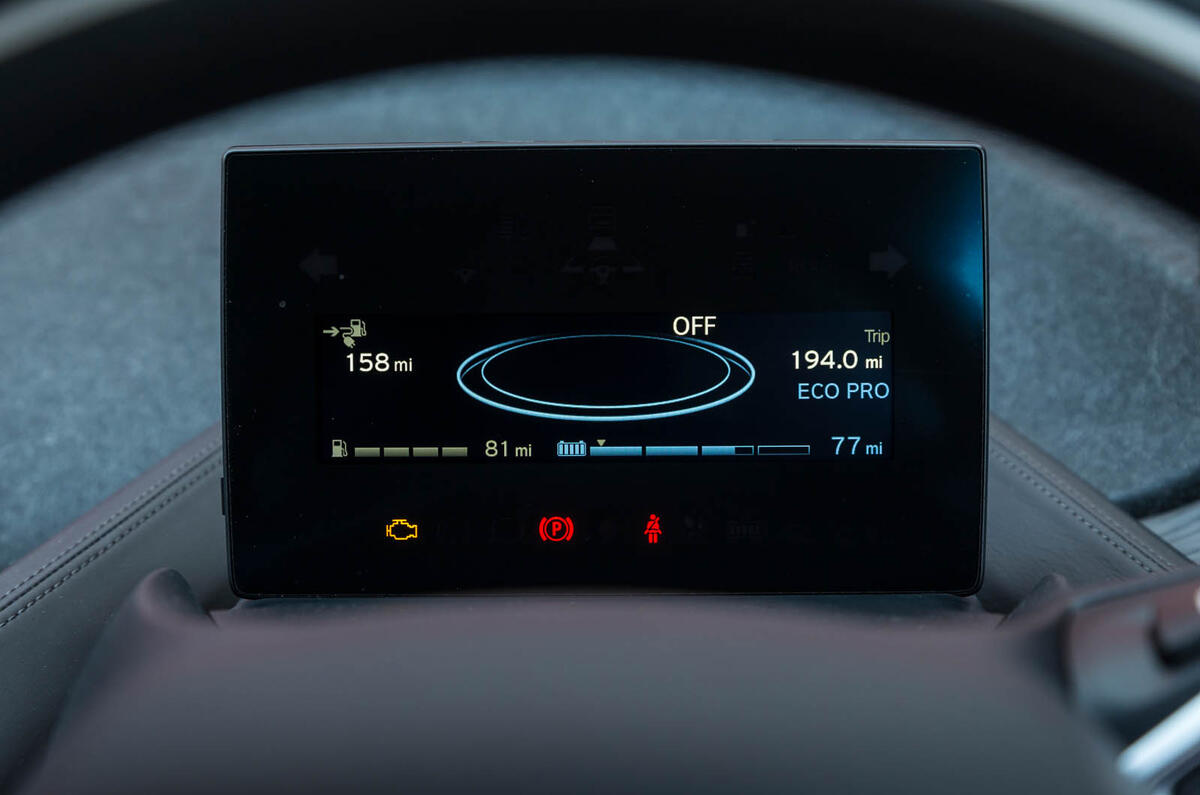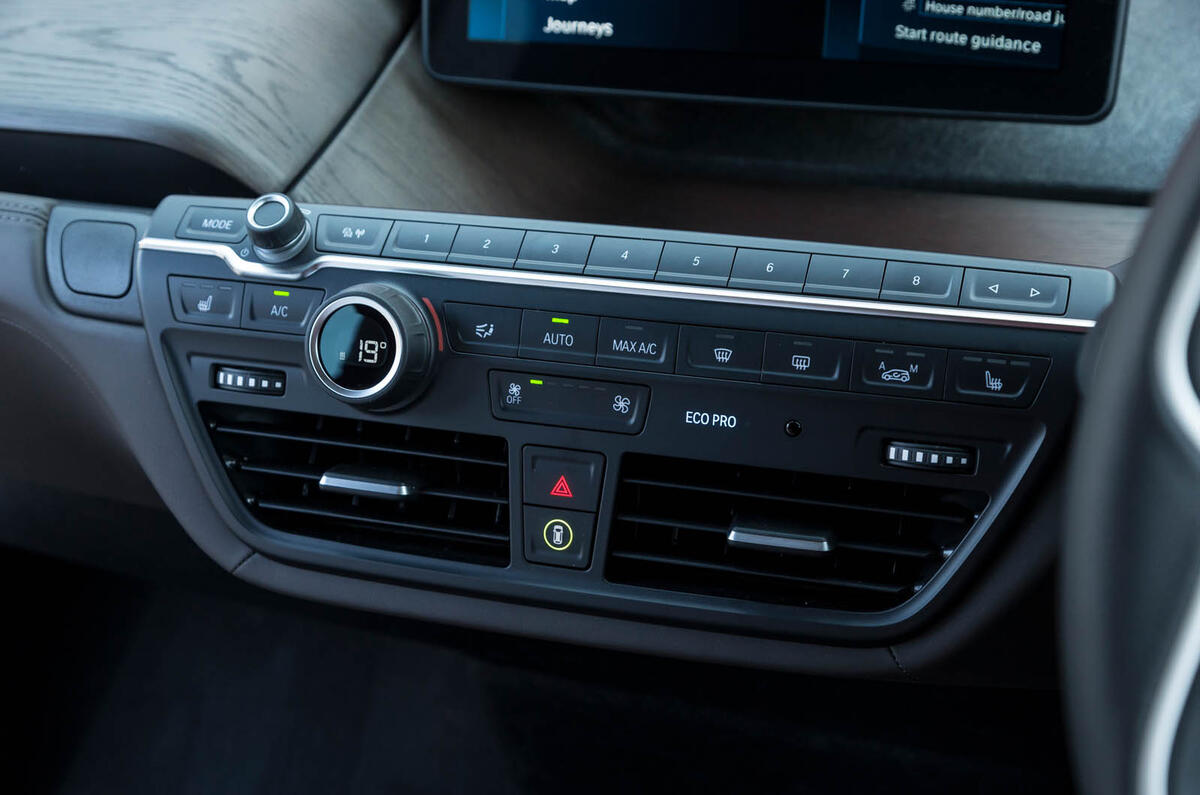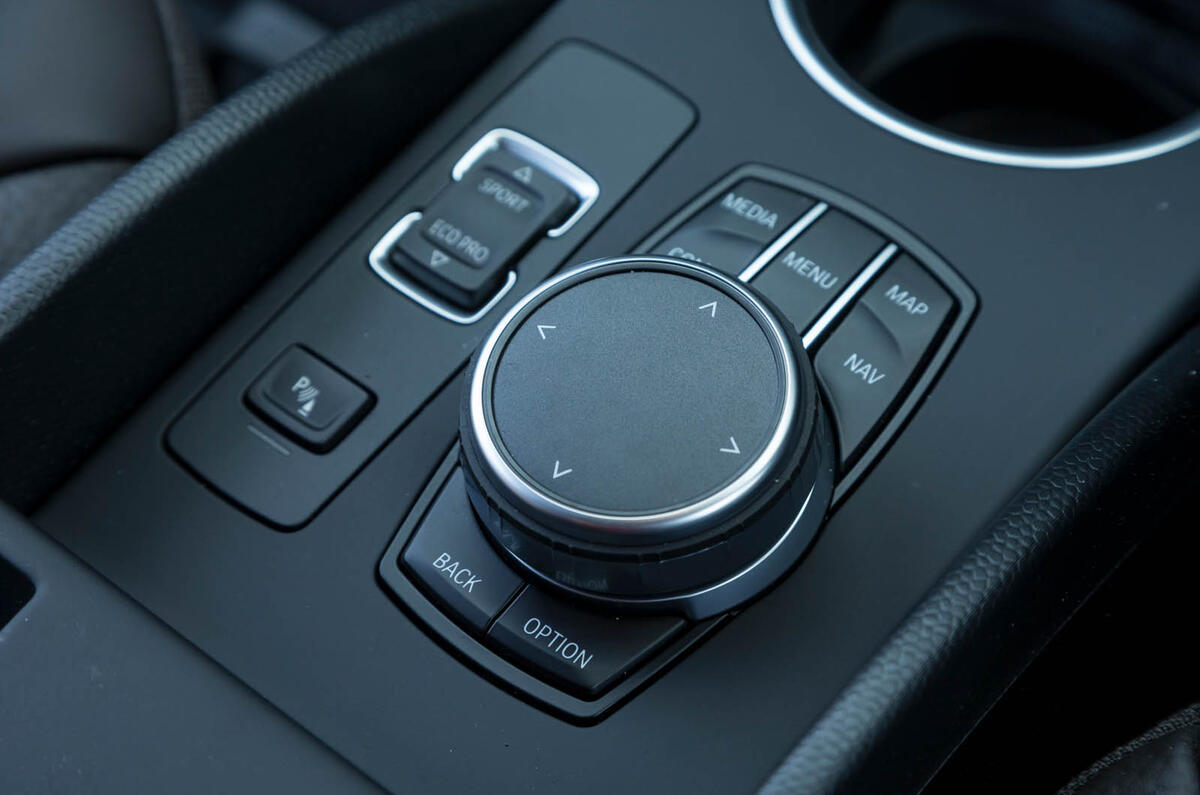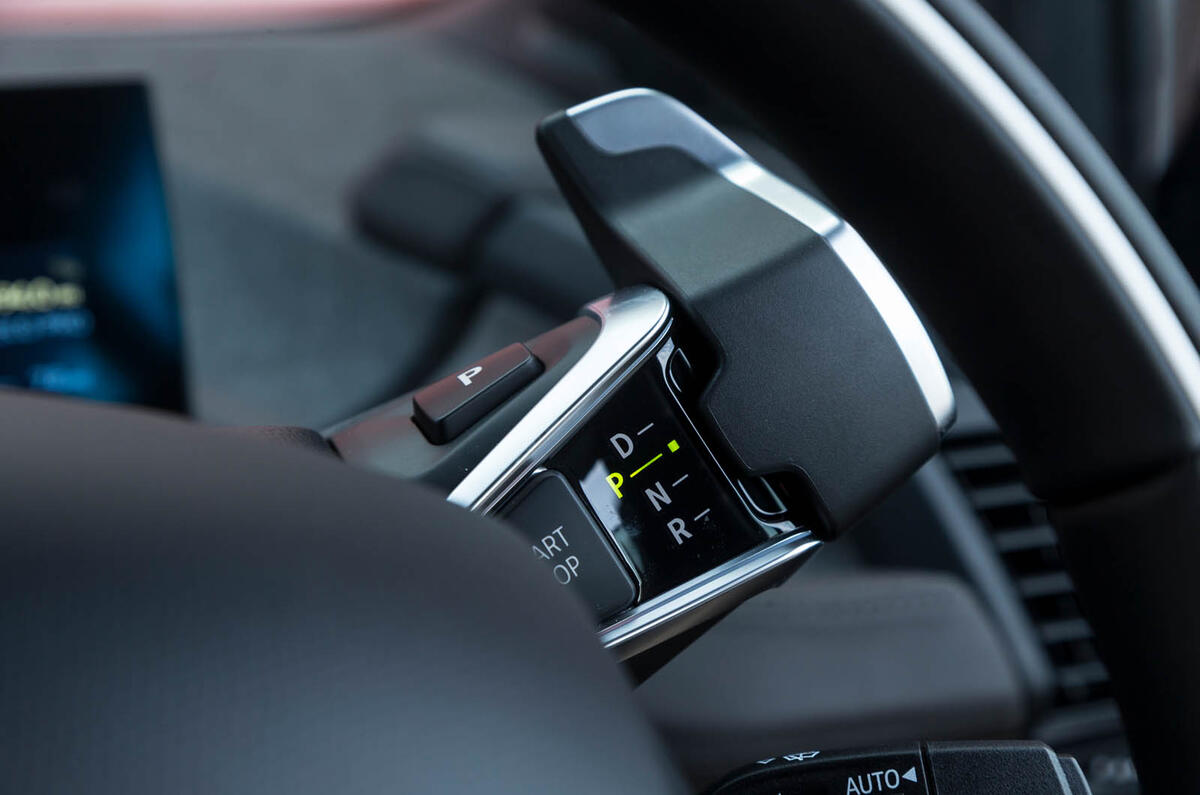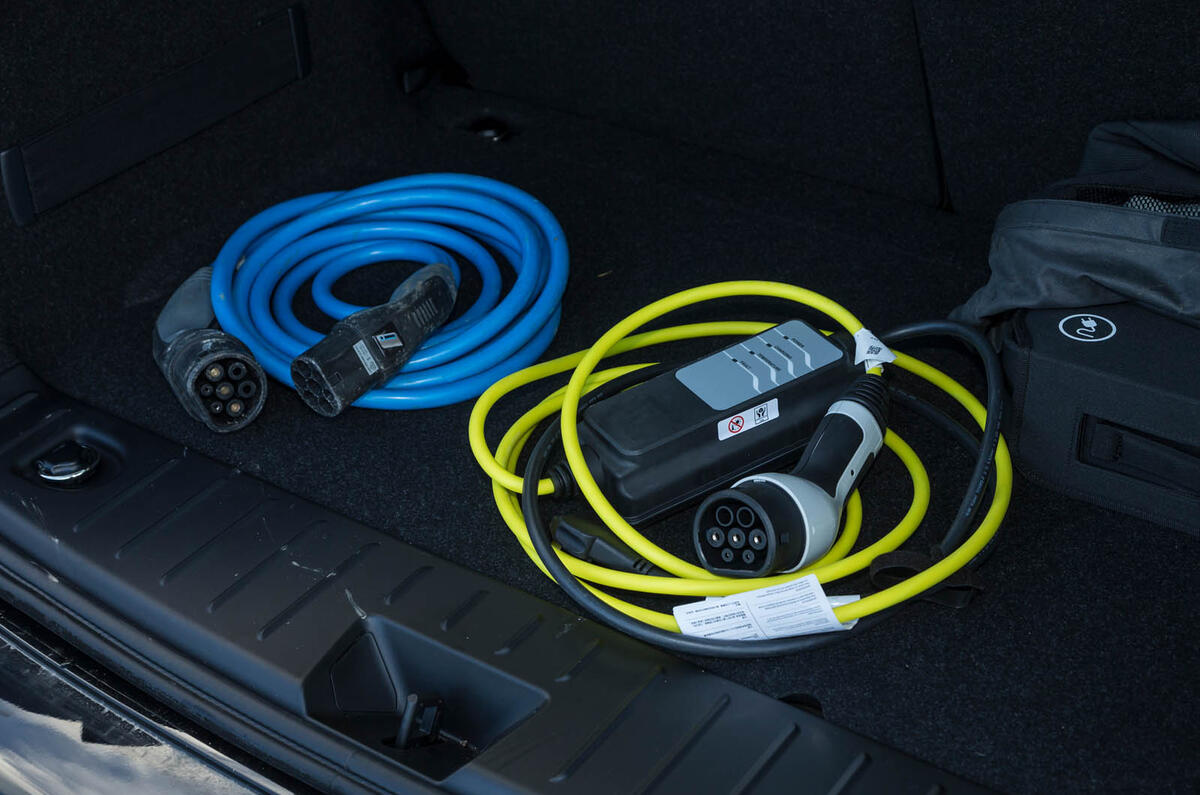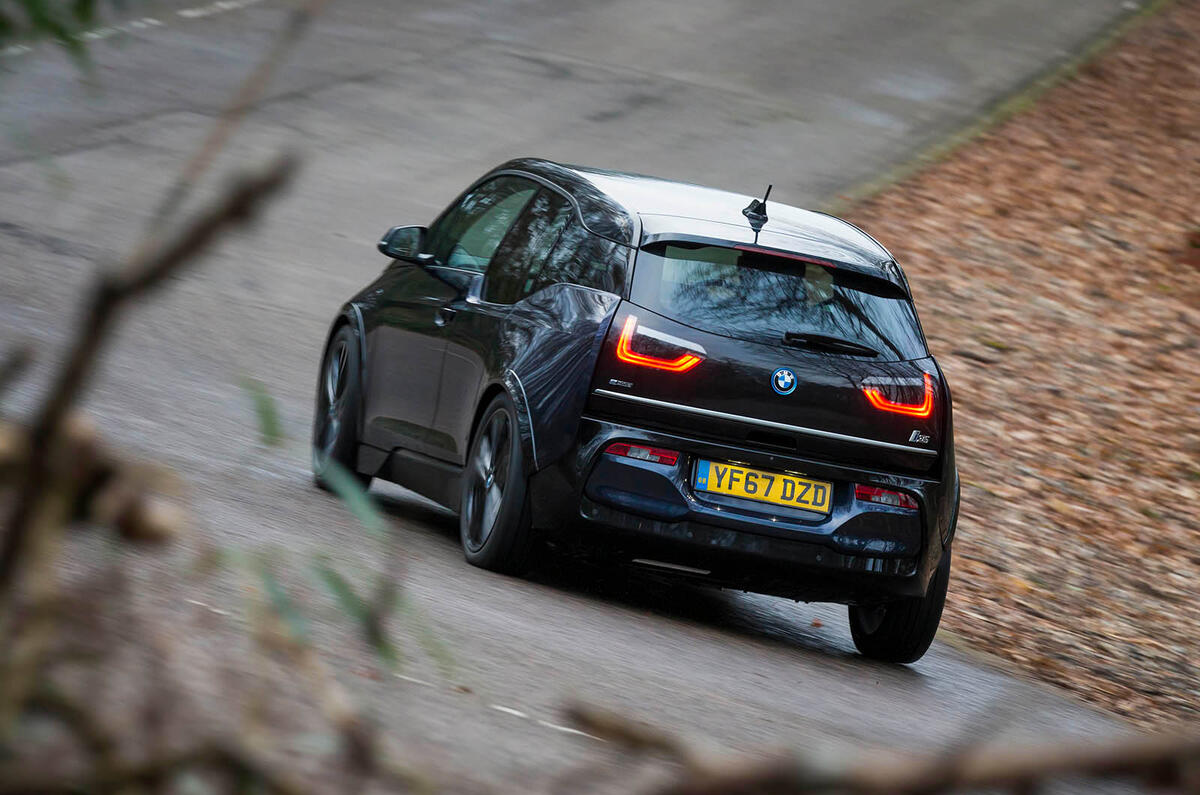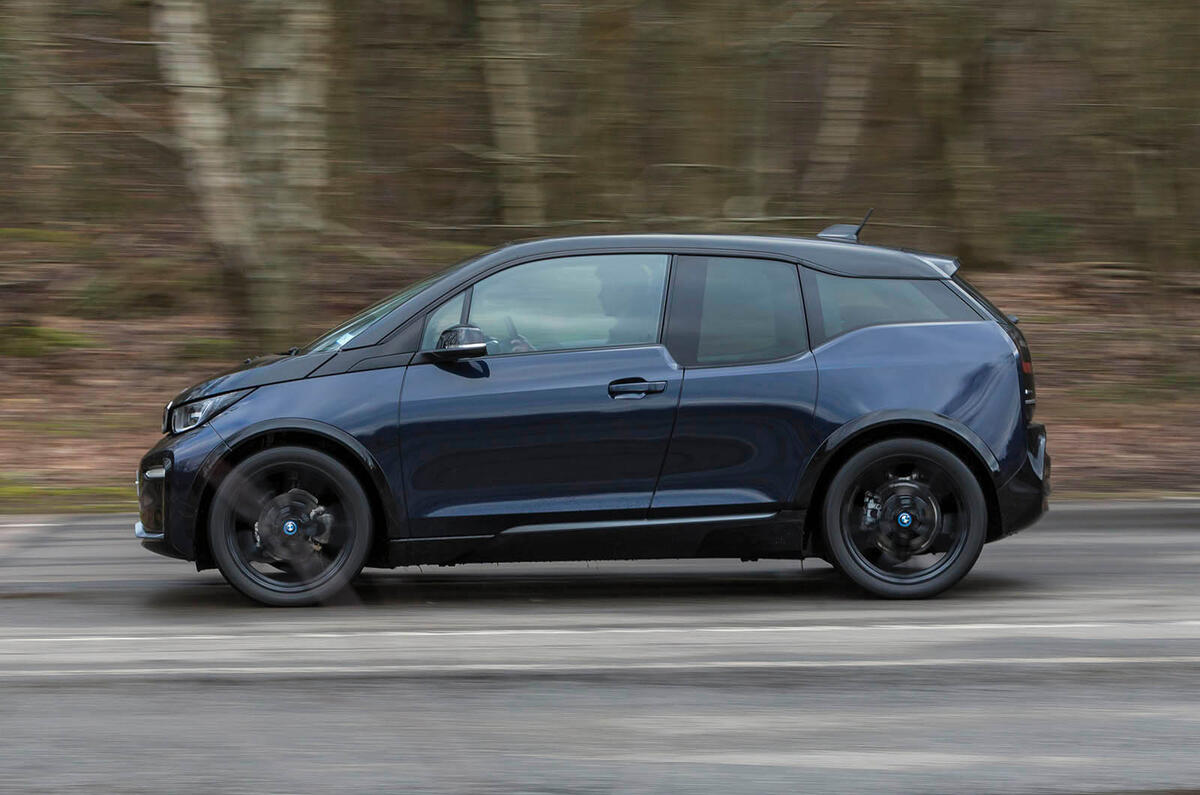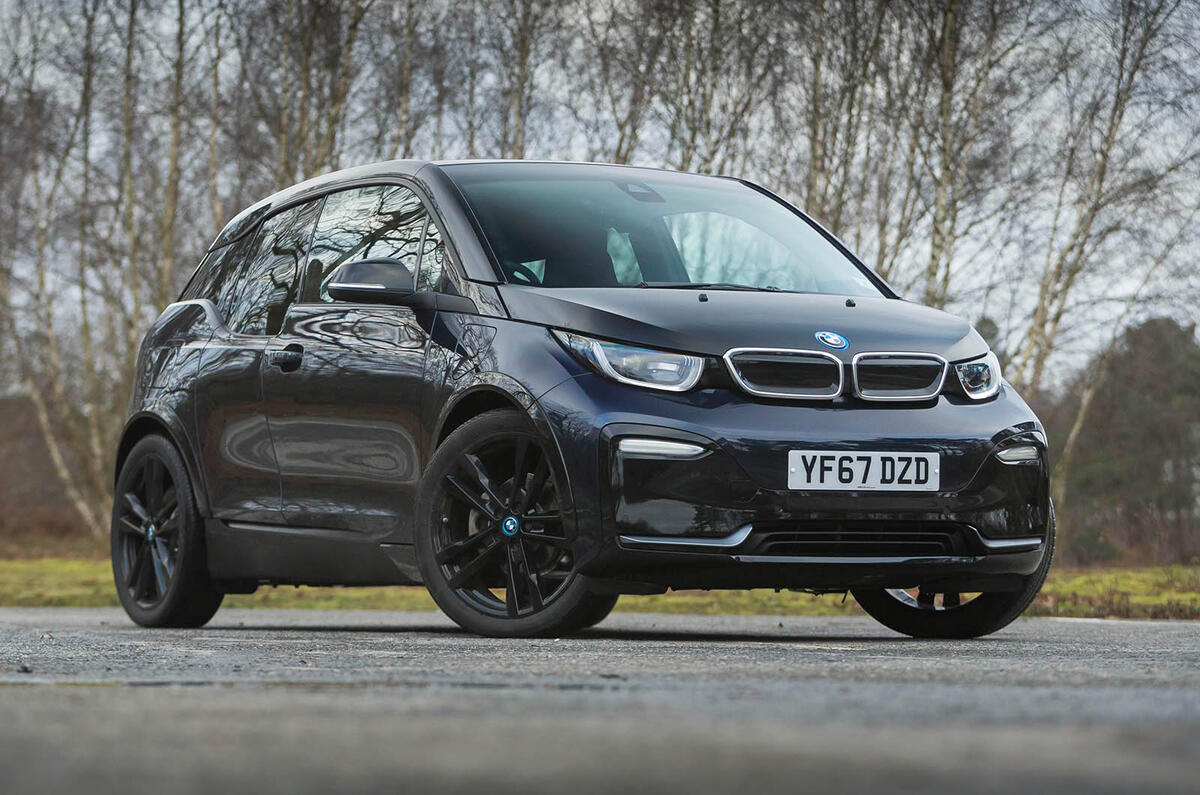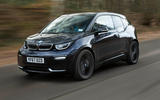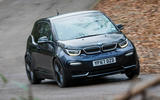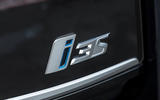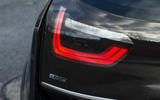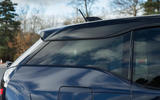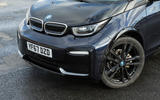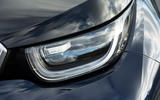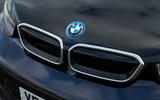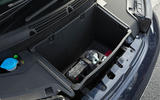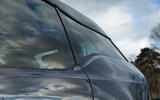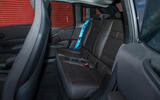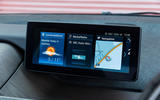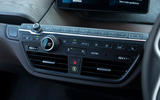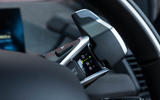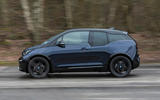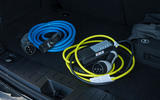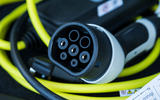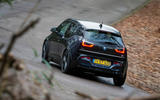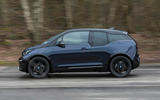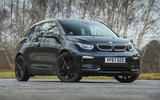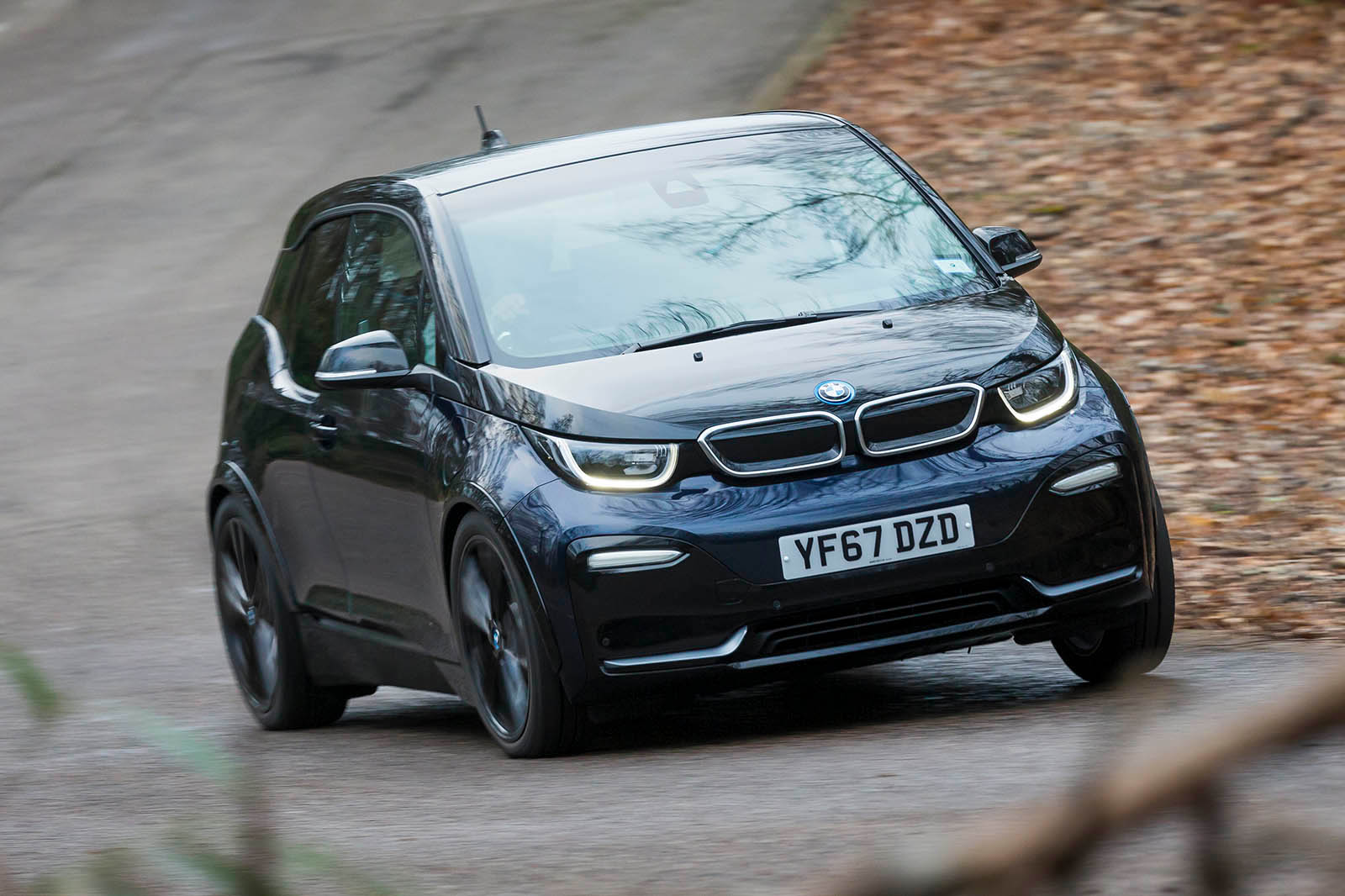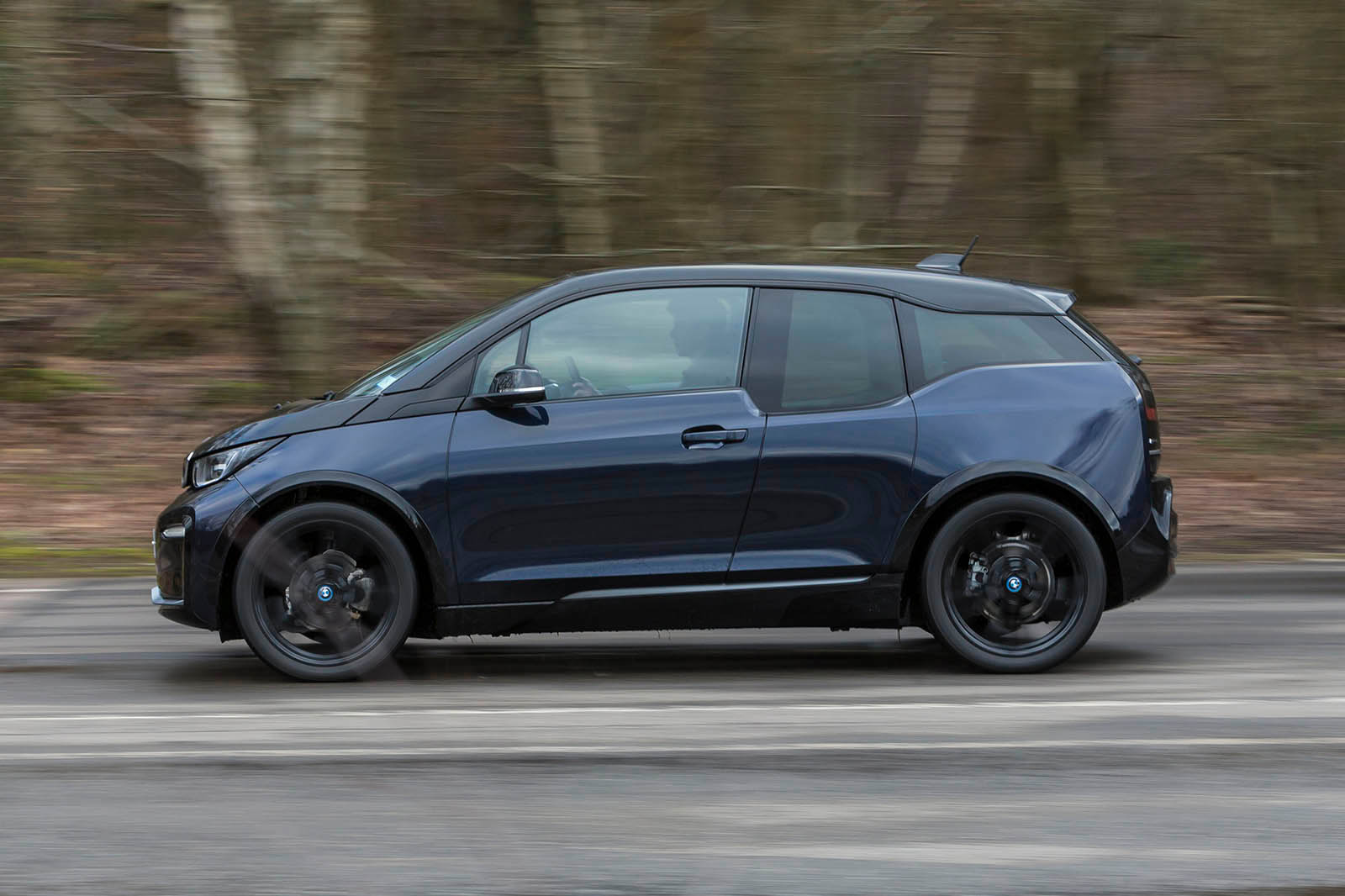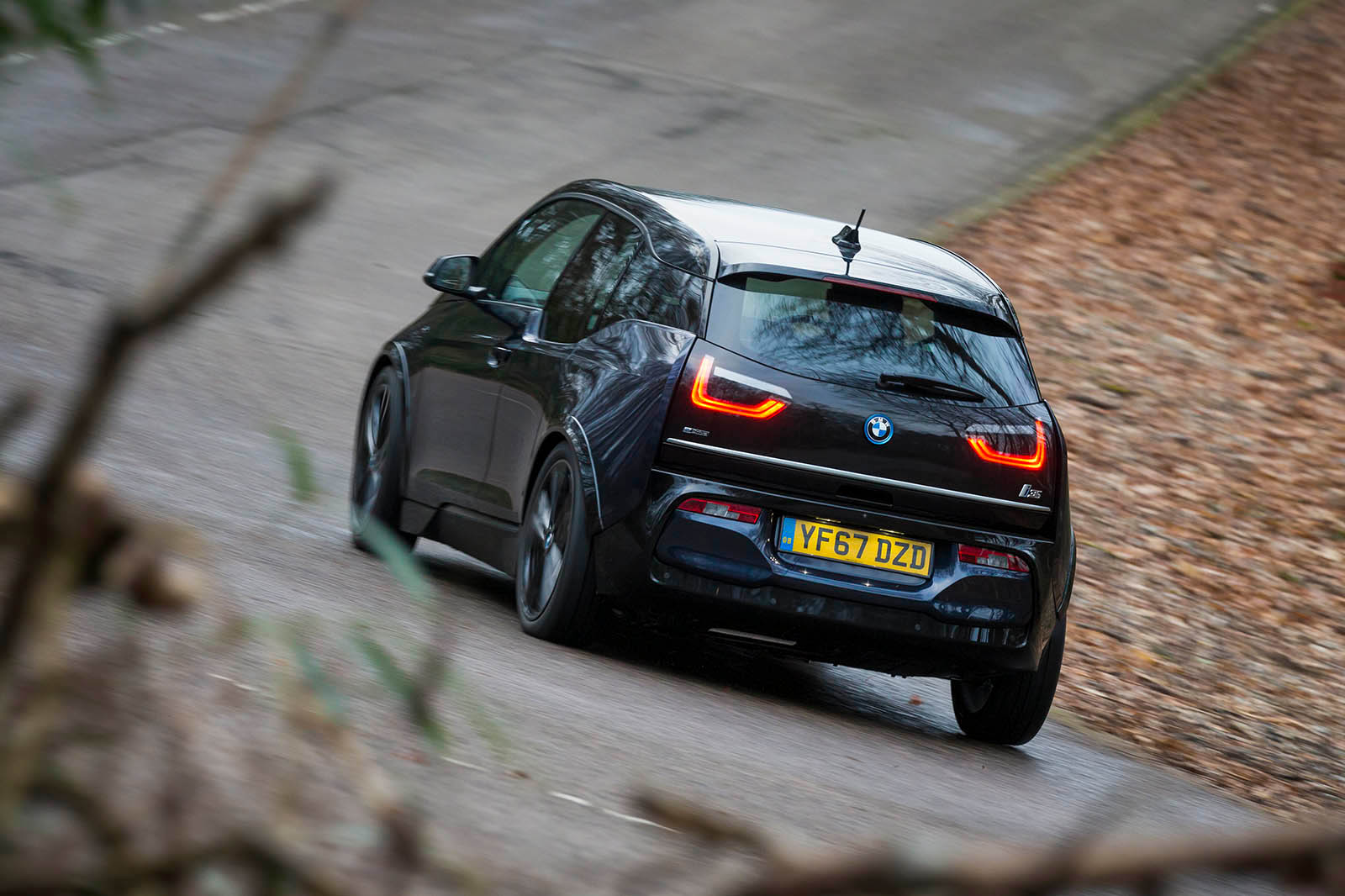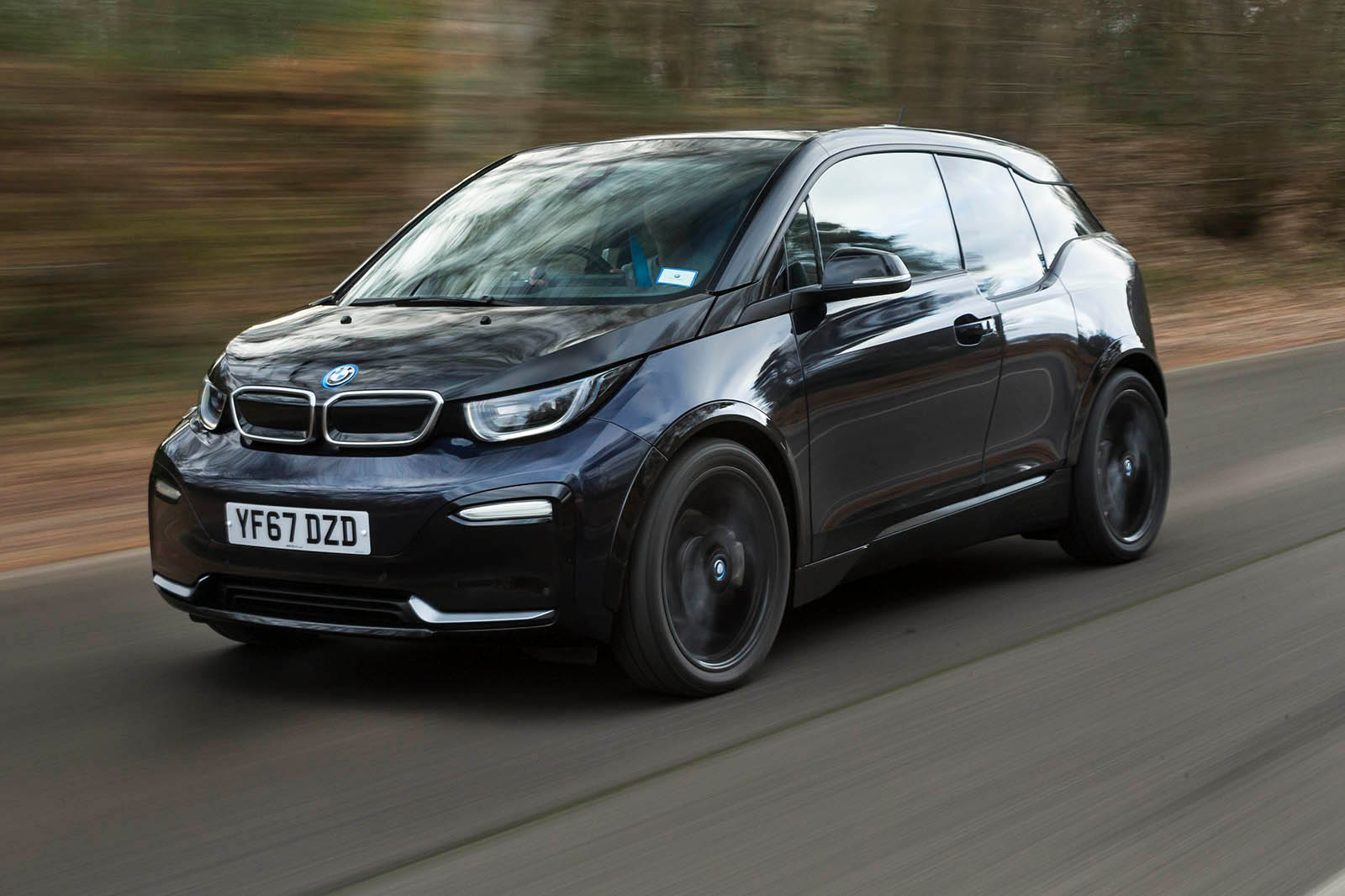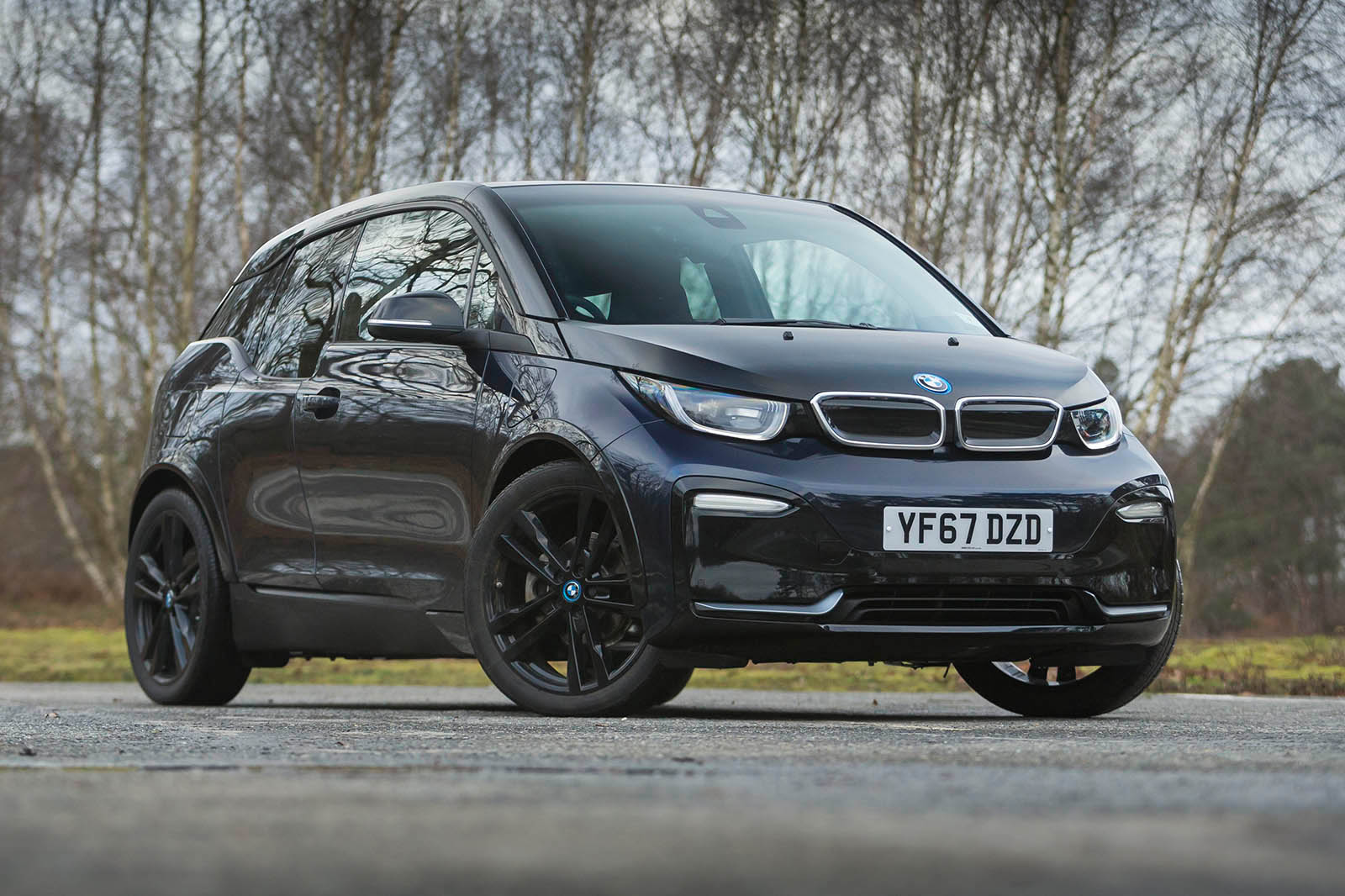The i3s’s extra 19lb ft over the regular i3 certainly shows in the performance figures we recorded and lends the car an even more enthusiastic character than that we reported on back in 2013. It equates to a 30-70mph sprint time that is a whole second faster than a like-for-like i3’s, at 6.6sec. It’s more than enough of a difference to perceive on a wide-open throttle, and generally well worthy of any hot supermini.
With lots of torque available right from the get-go, the i3s is well suited to urban driving. It has instant, muscular-feeling performance that’s strong enough to outpace most everyday traffic up to the national speed limit and can nip in and out of gaps at urban speeds particularly effectively.
As a glance at the power and torque curve will suggest, you’ll have strayed beyond peak power and way beyond peak torque by the time you’ve accelerated beyond 60mph – which explains why, beyond there, the car so quickly surrenders the urgency of its pace. Only proper gearboxes will solve this problem for EVs in the long term.
With the range-extending generator, BMW claims the i3s will dispatch the sprint from zero to 62mph in 7.7sec and we matched that almost to the tenth in damp conditions. If you choose to forego the 120kg ballast of a range-extender engine, though, that claimed 0-62mph drops to a hot-hatch-troubling 6.9sec – something well worth considering if you’re buying an i3s for its performance pep and won’t use it for longer journeys.
Naturally, there is a compromise here should you choose to drive with a heavy right foot: namely, that you’ll chew through the i3s’s electric range pretty quickly. BMW claims the range-extended i3s will manage a real-world electric range of 137 miles, with the twin-cylinder generator boosting this by up to 93 miles. Our testing results, however, suggest both estimates are notably optimistic, to the point where, by prevailing segment standards on battery range and day-to-day usability, the dreaded range issue begins to become a deal breaker for some potential i3 customers (see ‘Buying and owning’).
The i3s has good, but not outstanding, refinement levels. It’s certainly a quiet car at urban speeds although the frameless windows make for notable wind noise at higher pace.
Meanwhile, for all the appeal of the car’s super-responsive accelerator, its regenerative braking can take some getting used to. Lifting off the throttle causes the car’s speed to drop away with some immediacy. This trait is common to most electric vehicles but amplified in the i3 to the point where, with familiarity, it’s actually smoother and easier to drive the car entirely without using the friction brakes. This, of course, is also a more efficient way to drive the car, so there’s merit in the philosophy and it’s not hard to acclimatise yourself to it with practice.
The last time a BMW i3 went around our dry handling circuit, in 2013, it was in similar conditions as those our i3s encountered. Both cars were range-extended models, too, although our 2013 i3 was on Bridgestone Blizzak winter tyres. Nevertheless, the better part of the new car’s 4.5sec lap time gain plainly came courtesy of its revised suspension and improved performance. Its lap time was also almost 2.0sec faster than the 2014 Volkswagen VW e-Golf’s.
The i3s’s firmer suspension kept much better lateral control of its body while still permitting more pitch and dive than the average small car exhibits. Grip felt better balanced than in a standard i3, with the stability control apparently able to stop power understeer from presenting in any serious quantity. That it also stops you from adjusting the car’s handling mid-corner – and is impossible to fully disengage – is a shame, but doesn’t stop you from enjoying the car at full tilt.


